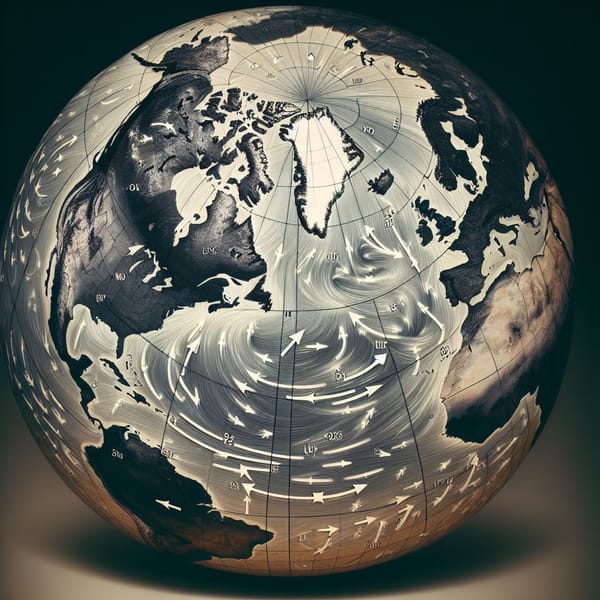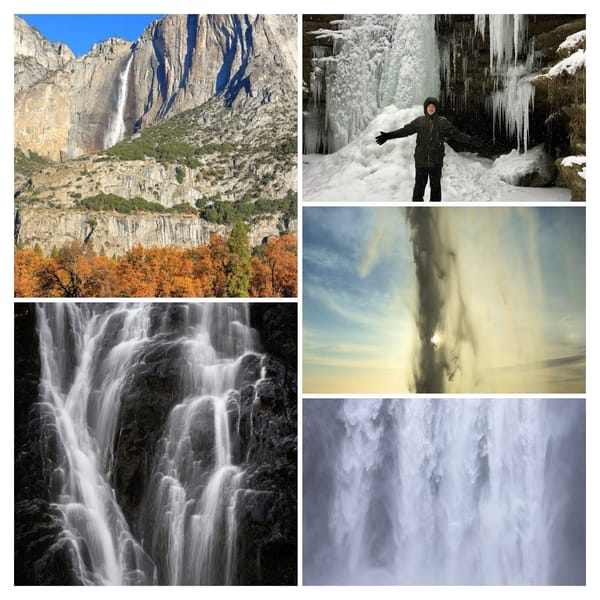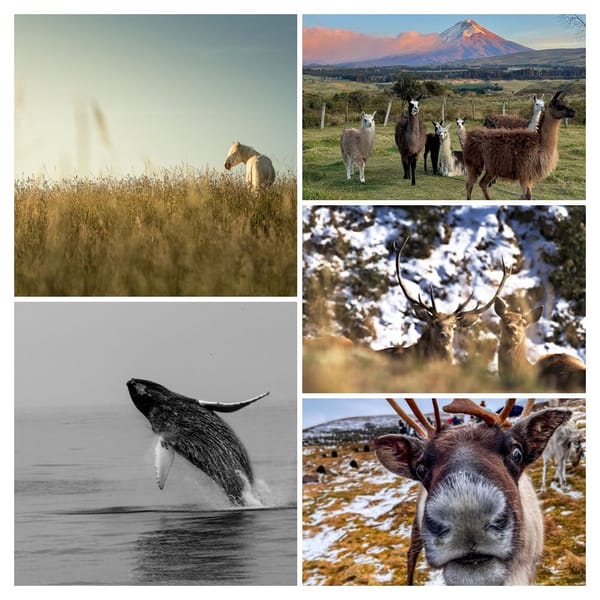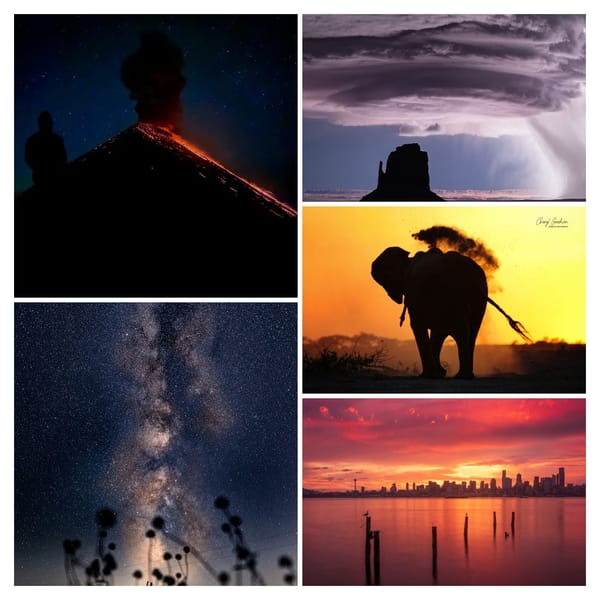6 Tips for Photographing Birds in the Wild
How to Photograph Birds in the wild.
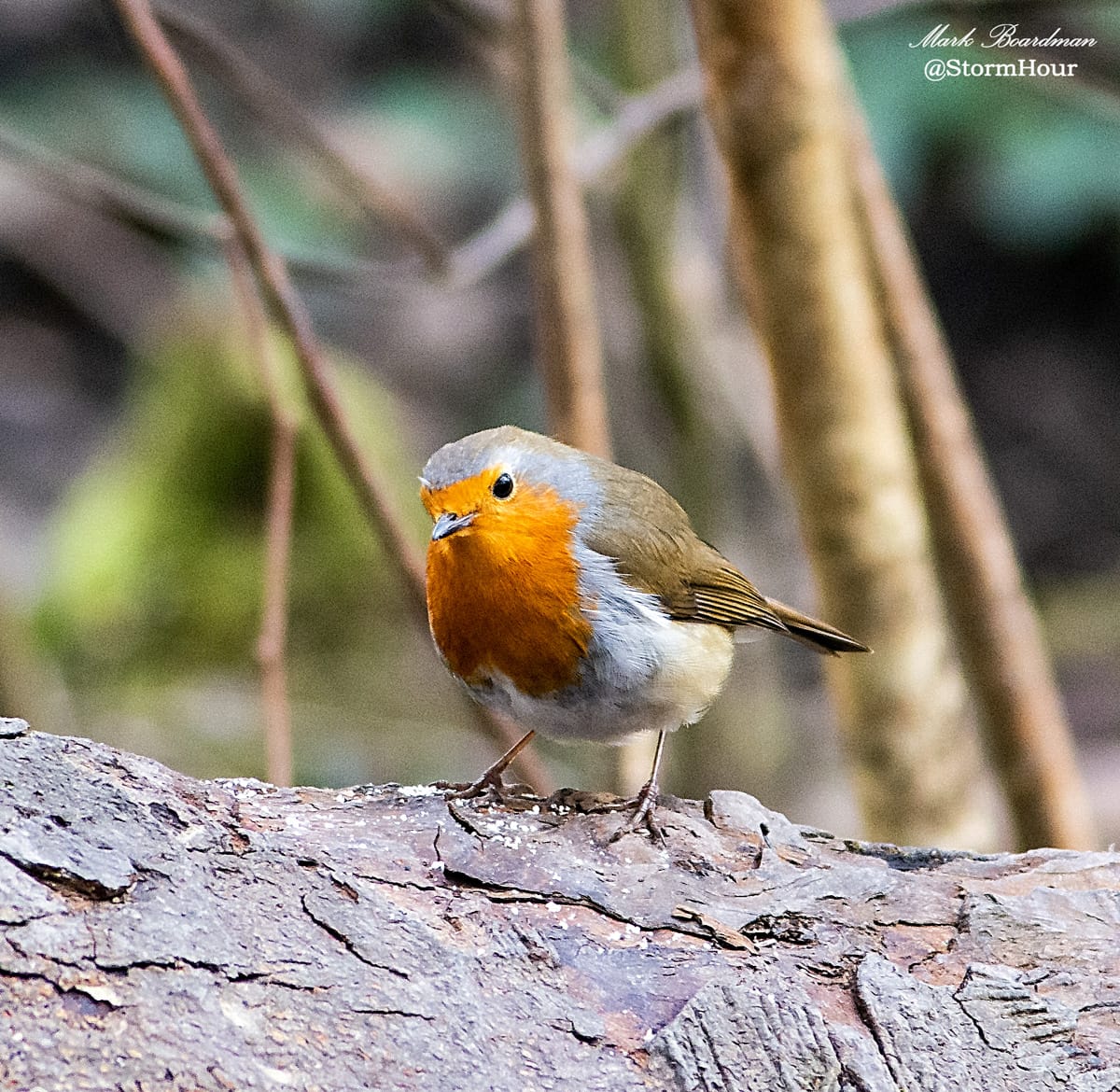
How to Photograph Birds in the wild.
If you love spending time outdoors and want to learn how to photograph birds in their natural habitat, this guide is for you. We’ll cover everything you need to know, from choosing the right camera and equipment to finding the best locations and getting close to your feathered subjects without disturbing them. We’ll also share tips on how to photograph different types of birds and edit your photos for the best results. With a little planning and patience, you can capture some stunning images.
How to choose the right camera and equipment for photographing birds.
Choosing the right camera and equipment is essential. You’ll need a camera with a long zoom lens. This will allow you to get close to your subject without disturbing them. In addition, a tripod can help stabilize your camera and keep your hands free. A high-speed shutter is also a must if you’re planning to photograph birds in flight. To get the best results, it’s essential to experiment with different settings and find what works best for you. With a little trial and error, you’ll soon be taking beautiful bird photos that you can be proud of.
What to look for when scouting bird photography locations.
Look for areas with a variety of habitats, such as forests, meadows, and wetlands. This gives you the best chance of finding various birds to photograph. Find locations that offer open space and plenty of hiding spots for shy birds. Visit potential sites at different times of the day; birds are active at varying times. Make sure to also consider the lighting conditions at your likely location. The best light for bird photography is often early in the morning or late in the afternoon when the sun is low in the sky.
Once you’ve found a good location, take some time to observe the birds and their behaviour. This will help you to predict their movements and plan your shots accordingly.
Research when birds are most likely to be active.
Birds are most active during the day when they can take advantage of the sunlight to see potential predators and food sources. However, there is also a fair amount of nighttime activity among some bird species. Nocturnal birds, such as owls, prefer to hunt and fly during the night. While most birds are diurnal, meaning they are active during the day, there are a few exceptions. Some birds, such as doves and ducks, are crepuscular, so they tend to be more active at dawn and dusk. Finally, some birds are genuinely nocturnal, meaning they spend most of their time asleep during the day and only become active at night. These include species such as owls and nighthawks. Understanding the activity patterns of different bird species can be helpful for birders who want to maximize their chances of capturing footage of a particular bird.
What are the best camera settings for bird photography?
Make sure that your shutter speed is fast enough to freeze the bird’s motion in flight. A good rule of thumb is to use a shutter speed of at least 1/1000 of a second.
Set your aperture to a high number to ensure that the entire bird is in focus. For most bird photography, an aperture of f/8 or f/9 will suffice.
Have your ISO set to a relatively low number to avoid introducing too much noise into your image.
Editing tips for bird photos.
A few simple editing tips can help you get the most out of your photos. First, make sure to crop tightly around the subject. This will help to minimize distractions and bring out the bird’s features. Next, adjust the exposure and contrast settings to bring out the detail in the feathers. Finally, use a sharpening filter to really make the details pop!
And with these simple tips, and some trial and error, you can take your bird photos from good to great!
FAQ
Q: What is the best time of day for bird photography?
A: The best light for bird photography is often early in the morning or late in the afternoon when the sun is low in the sky. However, birds are also active at night, so nocturnal birds, such as owls, can also be photographed during the night.
Q: What camera settings should I use for bird photography?
A: Make sure that your shutter speed is fast enough to freeze the bird’s motion in flight. A good rule of thumb is to use a shutter speed of at least 1/1000 of a second. Set your aperture to a high number to ensure that the entire bird is in focus. Have your ISO set to a relatively low number to avoid introducing too much noise into your image.
Q: What are some tips for editing bird photos?
A: Crop tightly around the subject. This will help to minimize distractions and bring out the bird’s features. Next, adjust the exposure and contrast settings to bring out the detail in the feathers. Finally, use sharpening tools to make the details in the photo pop.


